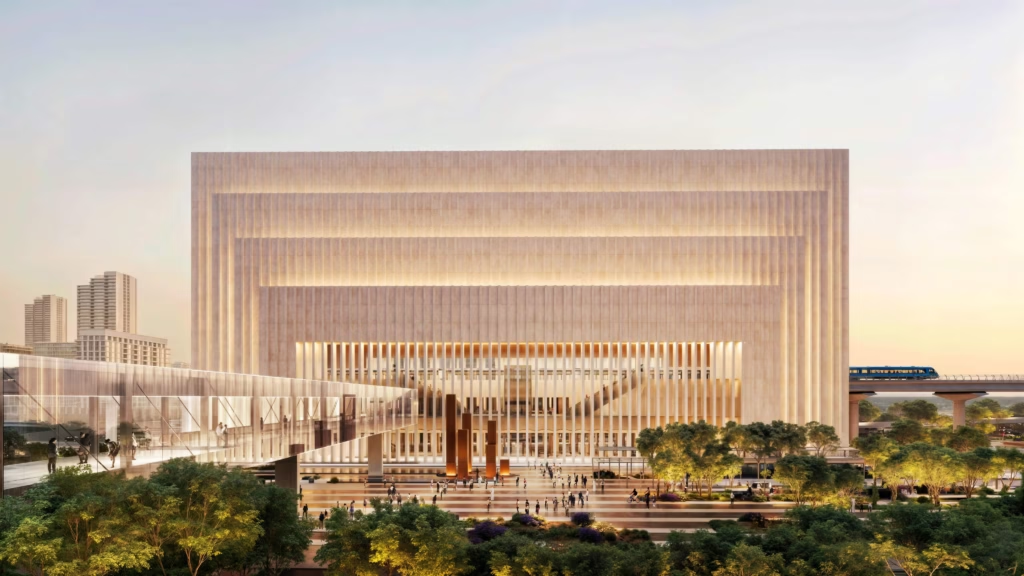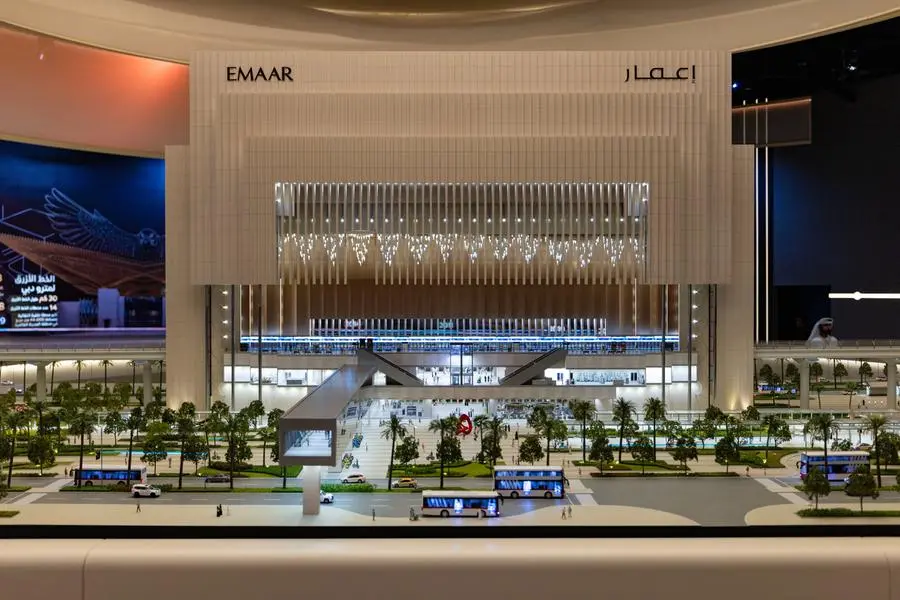Dubai is no stranger to transformation. With each new skyline addition or infrastructure rollout, the city reinforces its global image as a dynamic urban powerhouse. Now, its latest megaproject—the Dubai Metro Blue Line—is poised to become more than just a transport solution. According to the CEO of fäm Properties, this ambitious development will serve as a powerful wealth generator, unlocking immense value for real estate investors, homeowners, and developers alike.
Spanning approximately 30 kilometers and connecting 14 stations across key districts, the Blue Line is expected to do more than just move people. It will redefine how entire communities live, invest, and grow.
A Game-Changer for Urban Connectivity
The Metro Blue Line is a strategic masterstroke, linking high-growth districts such as Academic City, Silicon Oasis, International City, Ras Al Khor, Mirdif, Dubai Creek Harbour, and Dubai Festival City. These areas represent a diverse mix of educational, residential, commercial, and leisure hubs—each already on a growth trajectory. With the Blue Line integrating them into the broader transport network, their accessibility, desirability, and economic value are expected to skyrocket.

But this is not just about transport convenience. The Blue Line is also symbolic of Dubai’s continued push toward sustainable, smart-city development. It supports the emirate’s 2040 Urban Master Plan, which envisions a more connected, livable, and economically vibrant Dubai.
According to fäm Properties’ CEO, the line will act as a multiplier for capital gains and rental yields in adjacent neighborhoods. “This is more than infrastructure. It’s a wealth engine. We are already seeing the early signs of a real estate uplift, and the momentum will only build from here.”
Early Signs of Growth Already Visible
Though the Blue Line is scheduled for completion by 2029, its impact on property markets has already begun. Rent prices in neighborhoods expected to benefit from the metro’s presence have recorded significant increases, in some cases exceeding 20% in just under a year.

Areas like Academic City and Silicon Oasis are reporting heightened rental demand, particularly for studios and one-bedroom units. These are traditionally popular with young professionals and students, and the added convenience of metro connectivity is pushing up occupancy rates and, subsequently, prices.
Developers, too, are taking notice. Off-plan projects along the Blue Line corridor are being repriced upwards due to increased interest from investors looking to capitalize early on the infrastructure premium. According to industry estimates, capital values in these areas are expected to rise by 10–30% in the coming years as construction progresses and station openings near.
This early activity suggests that the Blue Line is already acting as a value lever for real estate stakeholders. For buyers, the window of opportunity to enter at today’s prices is rapidly closing.
Rewriting the Rules of Location
Traditionally, Dubai real estate decisions have been heavily influenced by factors such as waterfront proximity, skyline views, or luxury branding. However, the Blue Line is helping to rewrite the rules—placing a strong emphasis on metro connectivity as a primary driver of value.
“Proximity to public transport is no longer just a nice-to-have. It’s a top priority for many buyers,” says the fäm Properties CEO. “We are seeing a decisive shift in how people define prime location.”
This has led to increased interest in properties that were previously overlooked. Communities like Ras Al Khor and Mirdif—once considered peripheral—are seeing renewed investor attention due to their future connectivity. Developers are also designing new communities around metro access, with walkability, last-mile transport, and lifestyle amenities built into their masterplans.
This trend mirrors what was seen with the Red and Green Lines of the Dubai Metro in earlier years. Communities like Dubai Marina, Business Bay, and Al Rigga experienced sharp appreciation in both rentals and resale values shortly after becoming accessible by metro. The Blue Line is expected to replicate—and potentially surpass—those gains, given the current scale and ambition.
A Boon for Investors and End-Users
The implications for investors are clear. Properties near future Blue Line stations are projected to deliver above-average returns, both in rental income and long-term appreciation. For those focused on cash flow, the high rental demand in metro-linked areas creates an opportunity for steady, growing yields. For capital-focused investors, the appreciation curve looks strong through 2029 and beyond.
End-users, too, benefit significantly. For families and professionals living in these areas, reduced commute times and improved access to schools, workplaces, and leisure venues offer real quality-of-life upgrades. For parents in Academic City, tech workers in Silicon Oasis, or creatives in Creek Harbour, the Blue Line creates a sense of effortless connectivity.
This combination of lifestyle convenience and financial upside makes the Blue Line corridor one of the most compelling property narratives in Dubai today.
Supporting the 2040 Vision
Dubai’s Urban Master Plan 2040 aims to make the city one of the world’s most livable, sustainable metropolises. At its heart is a strong focus on integrated mobility—reducing car dependency, improving air quality, and enabling equitable access to jobs, education, and recreation.
The Blue Line supports these goals directly. It is expected to serve more than a million residents across the newly connected districts, while also easing congestion on existing transport routes. This broader efficiency feeds into higher productivity for the city overall, a point often overlooked when evaluating real estate value.

“Real estate value is not just about bricks and mortar. It’s about access, ease of movement, and how well a city functions,” explains the fäm Properties CEO. “The Blue Line touches all these aspects.”
Furthermore, the Blue Line’s integration with existing Red and Green Lines makes the entire metro system more flexible and efficient. With more interchange stations and better route options, commuting becomes faster, easier, and more attractive.
A Vision Already in Motion
Construction of the Metro Blue Line officially broke ground in 2025 and is targeted for completion by September 2029. The date is symbolic—it marks 20 years since the original Dubai Metro launched in 2009.
While that may seem far off, the trajectory is already set. Land values along the route are rising, early-phase developers are repositioning their offerings, and international investors are making inquiries. Dubai’s real estate sector, known for its adaptability, is once again evolving—this time, around the power of infrastructure.
From a financial perspective, this is a rare convergence: long-term government-backed infrastructure development, a fast-growing population, and a real estate market entering a new growth cycle. For property buyers and investors, it’s a blueprint for value creation.
As the fäm Properties CEO concludes, “Infrastructure like the Blue Line doesn’t just serve people—it shapes futures. It builds wealth for communities, stability for investors, and momentum for cities. This is Dubai’s next growth story, and it’s already unfolding.”
Do follow UAE Stories on Instagram
Read More: Mediclinic Unifies Two Leading Hospitals to Build UAE’s Most Advanced Care Campus













